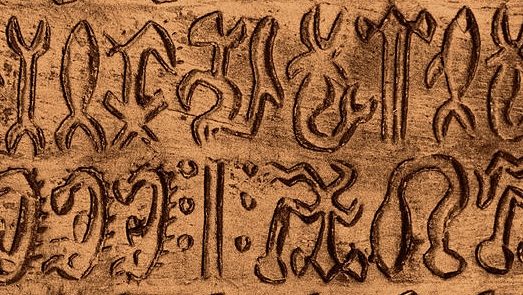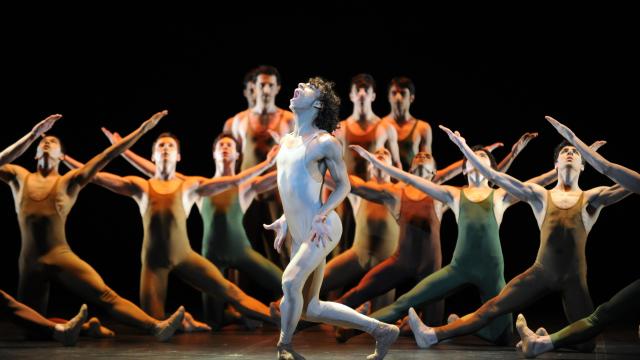160-million-year-old ‘Monkeydactyl’ was the first animal to develop opposable thumbs

Credit: Zhou et al.
- The 'Monkeydactly', or Kunpengopterus antipollicatus, was a species of pterosaur, a group of flying reptiles that were the first vertebrates to evolve the ability of powered flight.
- In a recent study, a team of researchers used microcomputed tomography scanning to analyze the anatomy of the newly discovered species, finding that it was the first known species to develop opposable thumbs.
- As highly specialized dinosaurs, pterosaurs boasted unusual anatomy that gave them special advantages as aerial predators in the Mesozoic Era.
A newly discovered flying dinosaur nicknamed “Monkeydactyl” is the oldest known creature that evolved opposable thumbs, according to new research published in Current Biology.
The 160-million-year-old reptile is officially named Kunpengopterus antipollicatus. Discovered in China, the dinosaur was a darwinopteran pterosaur, a subgroup of pterosaurs, which first appeared 215 million years ago during the Triassic Period. Pterosaurs, like the pterodactyl, were the first vertebrates to evolve the ability of powered flight.
But unlike other pterosaurs, the Monkeydactyl was the only species in its group known to have opposable thumbs. It’s a rare adaptation for non-mammals: The only extant examples are chameleons and some species of tree frogs. (Most birds have at least one opposable digit, though that digit is usually classified as a hallux, not a pollex, which means “thumb” in Latin.)
To analyze the anatomy of K. antipollicatus, an international team of researchers used microcomputed tomography scanning, which generates images of the inside of the body.
“The fingers of ‘Monkeydactyl’ are tiny and partly embedded in the slab,” study co-author Fion Waisum Ma said in a press release. “Thanks to micro-CT scanning, we could see through the rocks, create digital models, and tell how the opposed thumb articulates with the other finger bones.”
“This is an interesting discovery. It provides the earliest evidence of a true opposed thumb, and it is from a pterosaur — which wasn’t known for having an opposed thumb.”
As a tree-dwelling reptile, the Monkeydactyl probably evolved opposable thumbs so it could grasp tree branches, which would have helped it hang, avoid falls, and obtain food. This arboreal (tree-dwelling) locomotion would help the Monkeydactyl adapt to its home ecosystem, the subtropical forests of the Tiaojishan Formation in China during the Jurassic Period.
The researchers noted that the forests of the Tiaojishan Formation were likely warm and humid, thriving with “a rich and complex” diversity of tree-dwelling animals. But while the forests were home to multiple pterosaur species, the Monkeydactyl was likely the only one that was arboreal, spending most of its time in the treetops, while other pterosaurs occupied different levels of the forest.

This process — in which competing species manage to coexist by using the environment in different ways — is called “niche partitioning.”
“Tiaojishan palaeoforest is home to many organisms, including three genera of darwinopteran pterosaurs,” study author Xuanyu Zhou said in the press release. “Our results show that K. antipollicatus has occupied a different niche from Darwinopterus and Wukongopterus, which has likely minimized competition among these pterosaurs.”
In general, pterosaurs are a prime example of how animals can evolve remarkably specialized adaptations. As pioneers of vertebrate flight, pterosaurs had strong and lightweight skeletons that ranged widely in size, with some boasting wingspans of more than 30 feet. The largest pterosaurs weighed more than 650 pounds and had jaws twice the length of Tyrannosaurus rex.
Unlike birds, which jump into the air using only their hind limbs, pterosaurs used their exceptionally strong hind limbs and forelimbs to push off the ground and gain enough launch power for flight. That these massive dinosaurs managed to fly, and did so successfully for about 80 million years, has long fascinated and puzzled scientists.
The recent discovery shows that pterosaurs developed even more remarkable adaptations than previously thought, suggesting there’s still more to learn about the “monsters of the Mesozoic skies.”





